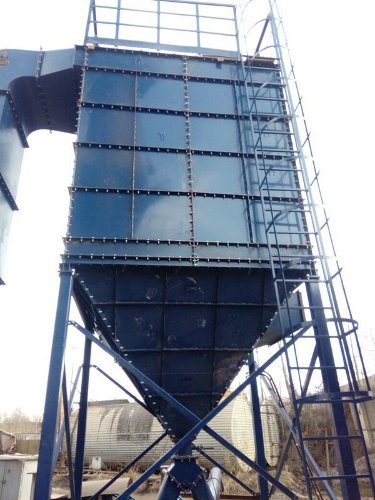Understanding Asphalt Baghouses
Asphalt baghouses, crucial components in asphalt plants, operate on the principle of mitigating environmental impact by capturing and containing particulate matter emitted during asphalt production. Let’s delve into the intricacies of their design, the pollutants they target, and the specific requirements of baghouse filters.
Filtration Mechanism
The core function of an asphalt baghouse lies in its filtration system. This system typically consists of fabric filters, commonly known as baghouse filters, arranged in a series of compartments. As hot gases laden with particulate matter are generated during asphalt production, they pass through these filters. The fabric, often made of materials like felt or woven fiberglass, captures and retains the particles, allowing only clean air to pass through.


Targeted Pollutants
Asphalt baghouses primarily capture fine particulate matter, including dust, soot, and various pollutants produced during the heating and drying of aggregates in the asphalt mixing process. These microparticles, if released into the atmosphere, can pose environmental and health risks. The baghouse acts as a barrier, preventing these pollutants from escaping into the air, thereby ensuring compliance with environmental standards.
Specialized Requirements for Baghouse Filters
The effectiveness of asphalt baghouses relies heavily on the quality and performance of their baghouse filters. Several specialized requirements are integral to the design and selection of these filters:
1. Temperature Resistance:
Given the high temperatures generated in asphalt plants, baghouse filters must withstand elevated temperatures without compromising their structural integrity. Materials with high-temperature resistance, such as aramid or fiberglass, are commonly employed.
2. Particle Size Efficiency:
To ensure optimal filtration, baghouse filters must be designed to capture a broad range of particle sizes. The filter’s efficiency is often measured in microns, with different filter media offering varying degrees of filtration precision.
3. Durability and Longevity:
The demanding conditions within asphalt plants necessitate durable filter materials that can withstand constant exposure to abrasive particles and high temperatures. Longevity is a key consideration to minimize maintenance and replacement costs.
4. Cleaning Mechanism:
Many asphalt baghouses utilize a cleaning mechanism to remove accumulated particles from the filters, ensuring sustained efficiency. Common methods include pulse jet cleaning, reverse air cleaning, or mechanical shaking, each with its own advantages and considerations.
5. Compliance with Emission Standards:
Baghouse filters must adhere to emission standards set by regulatory bodies. Ensuring the filters meet or exceed these standards is essential for the overall effectiveness of the asphalt baghouse in maintaining environmental compliance.
In summary, asphalt baghouses play a vital role in environmental stewardship by capturing and containing particulate matter during asphalt production. The success of these systems hinges on the meticulous design and selection of baghouse filters, meeting specific requirements related to temperature resistance, particle size efficiency, durability, cleaning mechanisms, and adherence to emission standards.

























